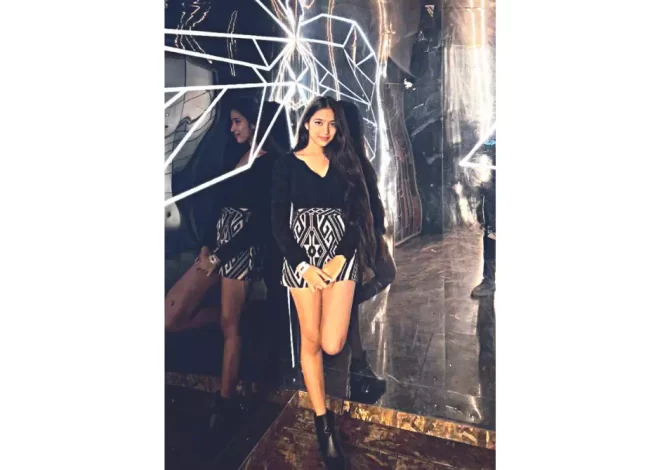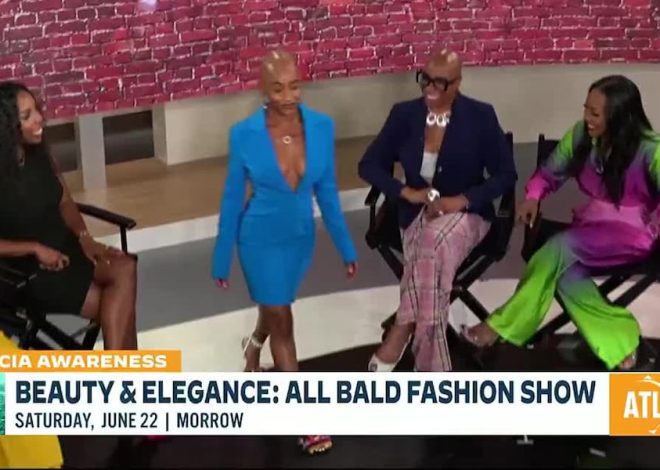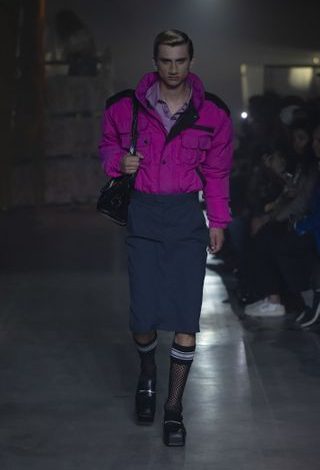
New sectors should now follow beauty and fashion brands into influencer marketing
Buttermilk’s Jamie Ray sees Cannes Lions’ refresh of the social and influencer Lions as a sign that the sector continues to mature. He invites non-endemic brands to try it.
Crafted by today’s creators, the trajectory of influencer marketing has been steep and rapid. While fast growth isn’t difficult from a standing start, sustaining it and translating it into long-term growth is a different matter. Which is why the current figures from Goldman Sachs are so interesting. Here we have proof of what a significant force the creator economy has become. Goldman Sachs predicts that by 2027 it will be worth $480bn – which means no matter what the category, brands can ill afford to ignore this in their marketing mix.
There’s a good reason for this. Creator marketing offers that elusive blend of brand building and performance – something that other advertising methods simply can’t do. And where beauty, fashion and lifestyle lead – think Huda Beauty or Loewe – the expanding creator economy now means sectors from tourism to food production, technology to publishing are tapping into the power of these communities.
Advertisement
Moving into creator marketing can undoubtedly be an uncomfortable adjustment for some brands, especially accepting that they don’t have to control the entire narrative. A great technique is to ‘magpie’ – if brands look at the commonalities of why it works for other brands and sectors, they can apply this to their own businesses, and the opportunities and benefits offered by creators can be shared more widely. Creators can be effective for any sector you care to think about.
Where beauty and fashion started, others can now follow. Indeed, any marketer still reticent about creator marketing can look at and learn from these pioneer sectors and adapt their techniques so the creator magic works in their own sectors.
Macro creators give mass reach and awareness
Celebrity partnerships are the 1.0 version of high-tier creator marketing – Roger Federer for Nike, Charlize Theron for J’adore Dior, Pharell for…everything. Armani beauty tapped macro creators like Meredith Duxbury to maximise reach and amplify its share of voice. And other industries can do the same. Take Kraft Heinz, a partnership with Morley’s, took the Heinz brand into new territory, connecting it to an end consumer in more inventive ways by weaving into the menu and tying up with creators such as Chicken Shop Date host Amelia Dimoldenberg.
Using collabs to connect to culture
From beer brands sponsoring festivals (Estrella has just announced GALA) to brands teaming up (Loewe and ON for example) the power of multiplying awareness through brand connections is well established. In fact as ON’s presence is surging, its recent Zendaya collab announcement is further proof of the potential of these cultural connections, which can be supercharged with specific creator campaigns. Cruise company Royal Caribbean benefited from the TikTok World Cruise saga and while this wasn’t a paid collab, other travels companies could, and should, use this as a template of how to build these collabs in the creator space.
Advertisement
Connecting virtual and digital worlds
Retail has been a leader here, but the same principle can be flipped for online-only brands like streamers looking to expand their communities offline by partnering with creators to host IRL viewings or Q&As/meet and greets with key actors. Netflix created a fan event to tie in with Season 3 of Bridgerton in New York, while Bumble has explored Bumble IRL to take the brand beyond the digital – and all of this can be amplified with additional creator involvement.
Showing not telling; experiencing a brand
Making people feel something through a screen is an art. Beauty brands have been behind some standout creative examples of using social spaces to demonstrate a brand experience, including helping people feel a foundation smelling a perfume without buying it, as seen by Armani or Mugler.
A sector like mindfulness – with brands from HeadSpace to Calm – has adopted similar techniques. Consumers are looking for a deeper level of trust when researching these products and creators are born storytellers who can effectively describe an abstract product that you can’t touch or smell but only feel emotionally.
Building reputation and community at the grassroots
Shifting toward word of mouth helps build and strengthen communities – see how Zara uses its UGC to drive awareness. When it’s done right, your community will advertise for you purely driven by brand affinity. A travel brand like Trip Advisor has created immersive experiences to build its brand, and there are opportunities beyond this to tap nano creators for UGC, such as answering common issues for niche travel interests by asking the community about them.
Success can be shared and built on. Beauty and fashion may have early adopter status in terms of creator marketing – and they won’t be slowing down – but now all sectors can capitalize on the commonalities and tap into vast and diverse communities. By connecting your marketing activity with creators, communities and culture through all tiers and by relinquishing control, brands can be interpreted by this generation of tastemakers in more honest and impactful ways than ever before.
Suggested newsletters for you
Daily Briefing
Daily
Catch up on the most important stories of the day, curated by our editorial team.
Ads of the Week
Wednesday
See the best ads of the last week – all in one place.
The Drum Insider
Once a month
Learn how to pitch to our editors and get published on The Drum.
This will be the first true time we will see this in play at Cannes Lions too.


